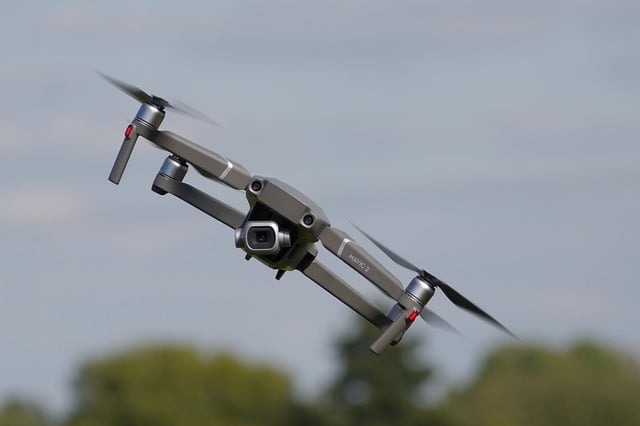
A conventional fixed-wing drone, sometimes referred to as a fixed-wing UAV (Unmanned Aerial Vehicle), is built to glide like an airplane and use the lift produced by its fixed wings to maintain altitude. Fixed-wing drones are frequently employed for jobs like mapping, surveying, and surveillance that call for a long flight time and the capacity to cover wide areas.
They need a runway or a launch mechanism to take off and land by “controlled crashing” on their belly to make contact with the ground, unlike multi-rotor drones, which use motorized propellers to produce lift.
Fixed-wing drones may hover in place but are less agile and often fly farther and faster than multi-rotor drones.
Fix-wing drones have a wide range of uses, including aiding in reforestation and afforestation projects, extending the reach of communication networks, aerial tanker refueling, shipping cargo or freight over international borders, and conducting business inspections and surveys.
Here some uses of fixed-wing drone.
1. Used for Reforestation/Afforestation
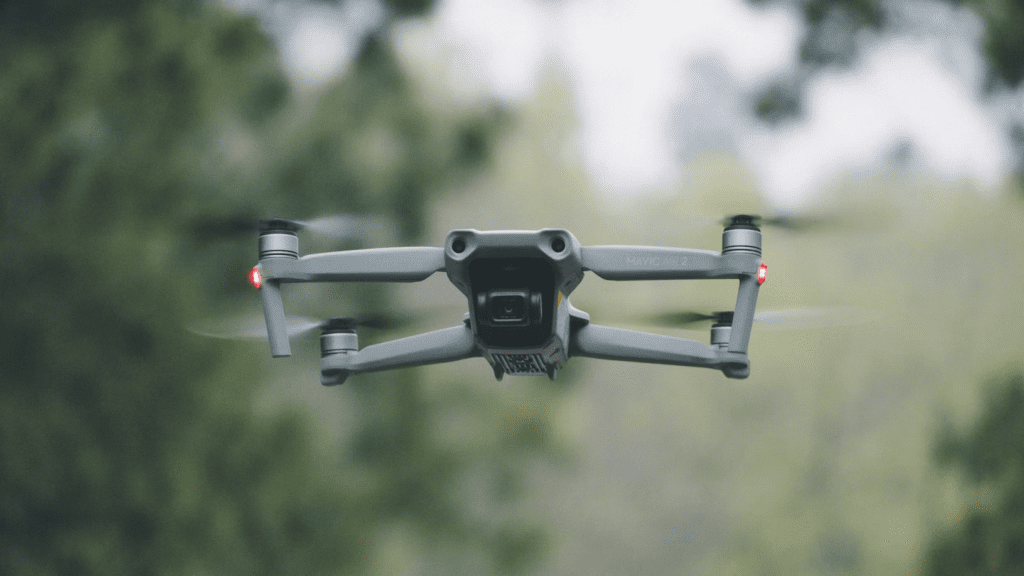
Reforesting involves sowing seeds where trees once grew but no longer do. That mainly entails planting trees that may have been lost due to deforestation, wildfires, or other natural calamities.
The practice of establishing trees where none previously existed is known as afforestation. The two most common types of drones used nowadays for afforestation operations are fixed-wing and rotary-wing (more particularly, multi-rotor) unmanned aerial vehicles (UAVs).
Fixed-wing drones feature specialized payloads (seed dispersion systems) that are tailored to the size and shape of the UAV and can contain and spread the required number of seeds at regulated, predetermined, and consistent rates. They can also transport pods loaded with seeds, fertilizer, and soil for these regeneration and afforestation initiatives.
Usually, enormous areas are covered with the seeds. Compared to the employment of airborne drones, manned reforestation/afforestation initiatives, frequently planted by hand, can become exceedingly risky for each worker, time-consuming, and expensive.
2. Used to Extend the Reach of Communication Systems
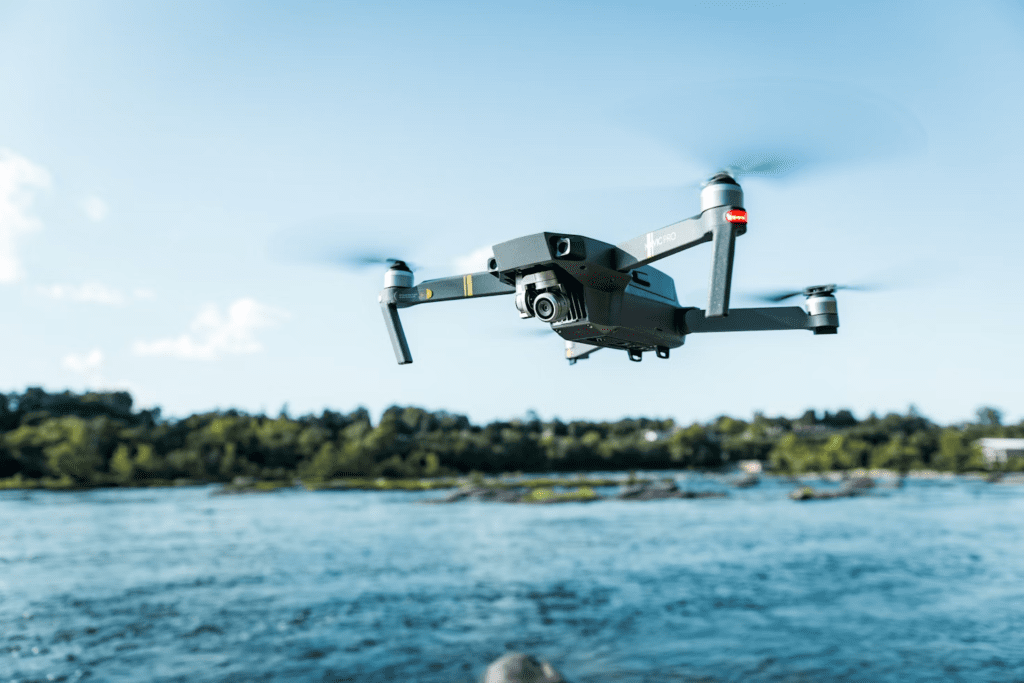
The term “communication system” refers to various systems providing some form of communication transmission, such as relay stations or telecommunication networks. Any cellular device (laptops, tablets, cellphones, etc.) connected to a cell tower can transmit and receive wireless communications and WiFi since cellular towers house the antennae and electrical communication systems that create a wireless network.
Artificial satellites, also known as robots rather than drones, are used to research the Earth and other planets. They also help offer wireless communications comparable to cell towers but with much greater coverage as they usually orbit the Earth.
Cell towers and sites are typically constructed as high as possible because their range increases with height. Several of these towers must be constructed close to one another to provide continual wireless connectivity to the attached devices.
3. Used as Unmanned Aerial Refuelling Tankers or Drones
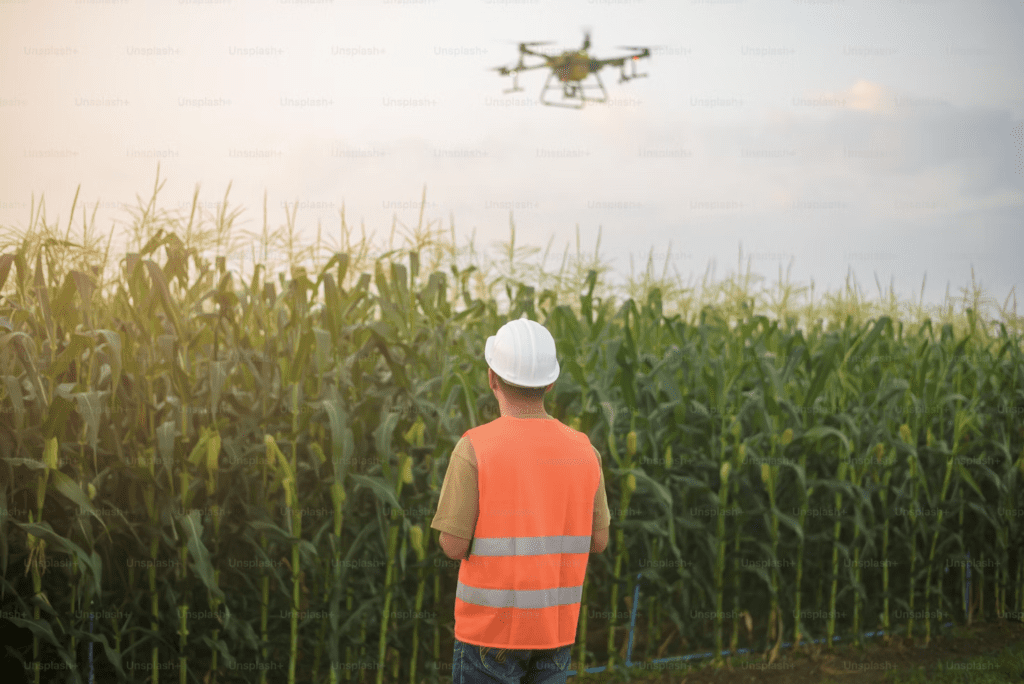
An unmanned tanker or aerial refueling drone is an uncrewed aerial vehicle (UAV) that transports aviation fuel while in flight, refueling other aircraft (often manned fighter jets/helicopters or simply other UAVs) using either a long flexible hose system (probe-and-drogue) or a rigid tube (flying boom).
Due to their ability to refuel other aircraft for extended periods, unmanned UAVs can be significantly more useful in these tasks. The fuel it carries may help extend even its flying time and enable it to fly for days on end while doing its function.
It can fly as long as possible without a crew because none is on board. Since they can frequently fly for extended periods while carrying large payloads (in this example, fuel), fixed-wing UAVs, in particular, are significantly more advantageous than any other kind of drone. They are also typically quite steady, which is crucial for such activities.
4. Used to Deliver Cargo or Freight Overseas
Transporting goods utilizing big container ships is the most typical type of maritime freight shipping. Depending on the destination, these ships can transport thousands of containers in a single voyage over a period of several weeks. But the overall expenses have been rising as they use a lot of fuel and are typically much slower than the alternatives. Moreover, they are not environmentally friendly because they discharge a lot of oil into the water.
As a far faster option for cargo or freight internationally, freight can also be transported using a cargo aircraft. But the laws and guidelines for this kind of transportation are far stricter.
Uncrewed ground effect vehicles (GEVs), a sort of fixed-wing drone or UAV, are currently being created and tested in preparation for potential usage in the international shipping sector. These fixed-wing UAVs can be far more environmentally benign, faster than container ships, and more effective than conventional aircraft.
5. Used for Commercial Surveys and Inspections
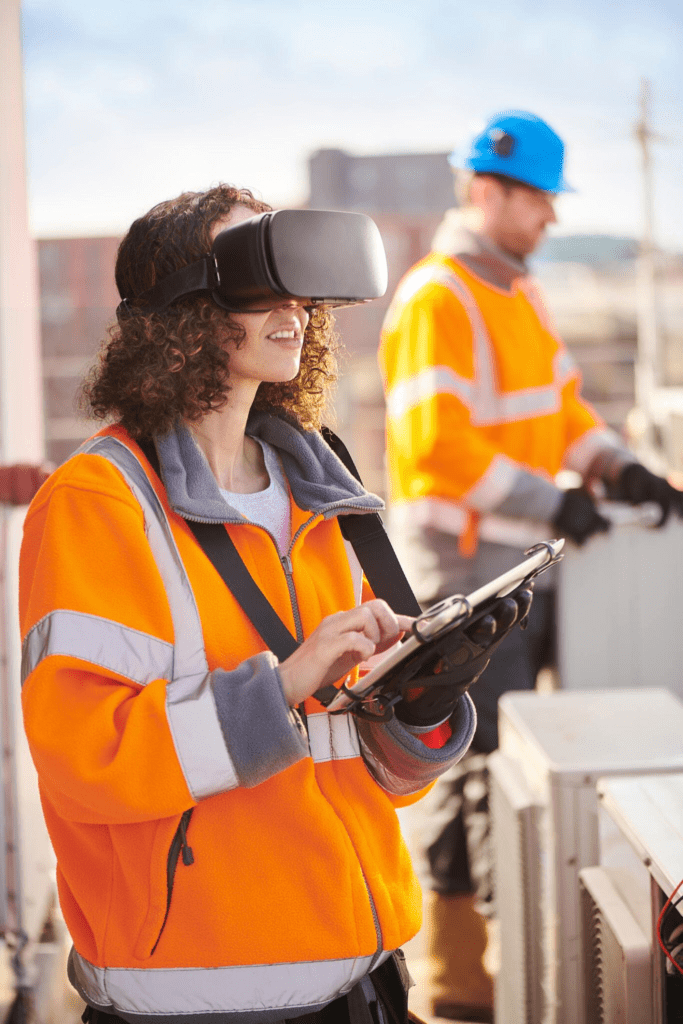
Any visual survey or inspection carried out with a drone to generate revenue for a company or sustain current corporate assets is considered a commercial drone survey or inspection. Some of these operations include long pipeline inspections, site surveys for upcoming construction projects, and utility and infrastructure inspections of long runways and railways.
Fixed-wing UAVs would be most advantageous for missions with extremely lengthy structures, like the ones in the examples mentioned earlier.
These fixed-wing UAVs commonly come with gimbal-mounted electro-optical (EO) sensors, IR sensors, and light detection and ranging (LIDAR), which are used to assess distances.
Final Thought
The general public less frequently utilizes fixed-wing drones since they are more challenging to learn to fly, require larger, open areas for takeoff, landing, and maneuvering, and are typically more expensive.
However, when designed for commercial use, fixed wings provide enormous time and financial advantages. This sort of drone is being used in many industries and is taking the place of other technologies and conventional methods due to its extended flight length and capacity to quickly cover big regions.






